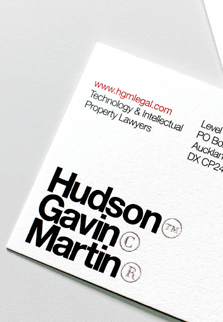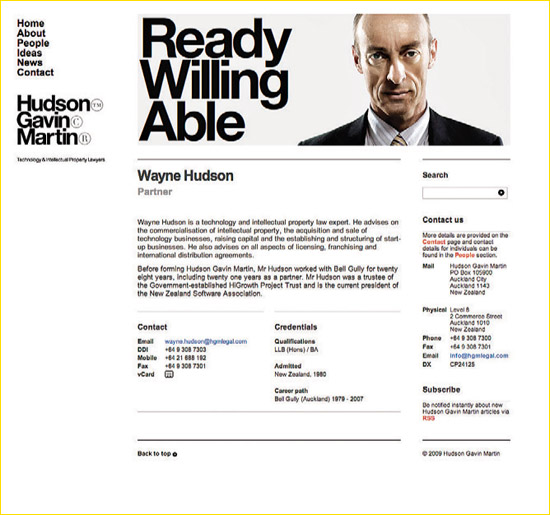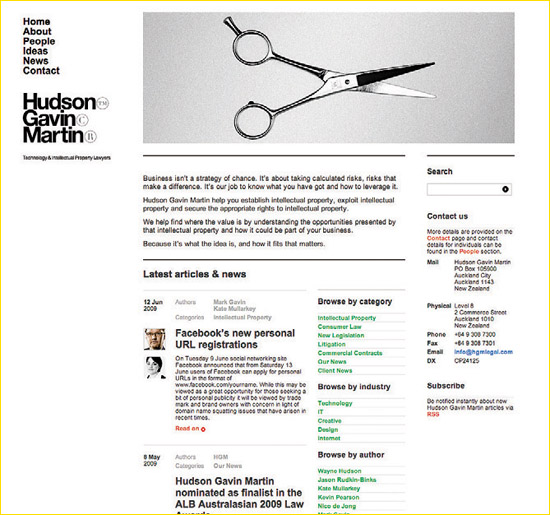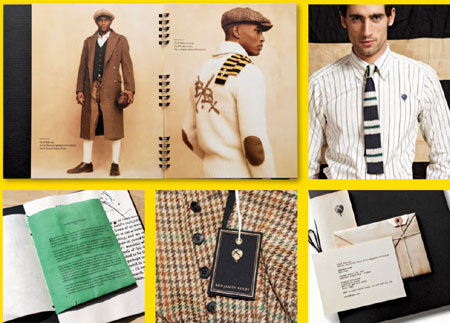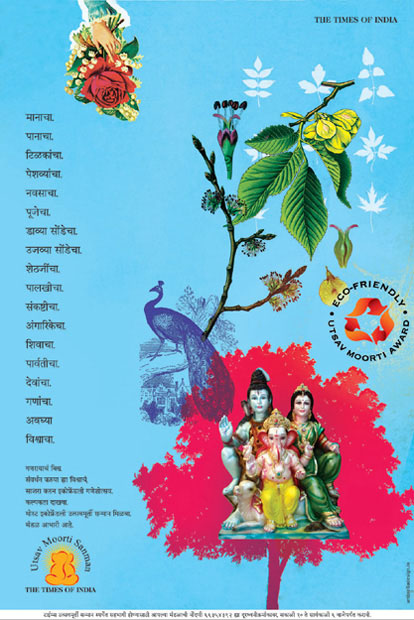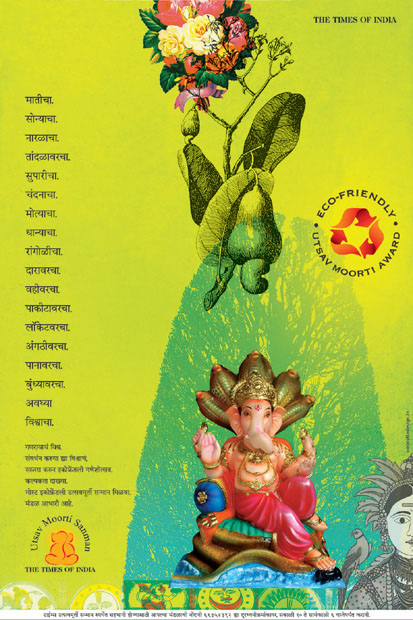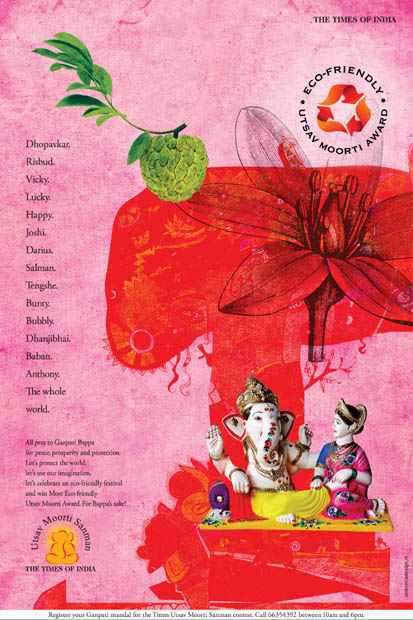Chapter 1
Applied Creativity

Creativity in a Business Environment
Design is a process, a service, a way of thinking, and an activity that results in objects, systems, artifacts, and outcomes. These results must all work aesthetically, functionally, and commercially. In short, design is applied creativity.
Design is not just for designers. At the very least, it involves a client—someone with a problem, goal, or objective—who engages the designer to provide solutions or meet needs. Design can serve a person, company, product, service, or idea. The client usually has someone they are directing these efforts toward—a customer, community, or audience, and it is typically commissioned by one person, but intended for another. According to AIGA, the professional association for design, “The act of designing is an inherently powerful act. In that act, we share the stage with CEOs, government officials, civic leaders, passionate activists, and fellow citizens.” Getting a handle on the collaborative nature of design required to deal with all these variable factors is no small task.
The Design Council UK says, “Good design is a quantifiable benefit, not a cost. Its value can be measured economically, socially, and environmentally.” Design is a balance of many factors, some objective and some subjective. Clients’ business or organization requirements, technical parameters, cost and time constraints, are all measurable and objective things. While aesthetic preferences, interpretations of design elements like color and form, emotional reactions, and cultural influences are all subjective.
Everything manmade is designed by someone, so it makes sense to consider exactly how and why things are designed. Every business’ requires a designed identity, environment, business papers, sales and marketing materials, and a website. It’s inevitable. Recognizing this and investing in a great design, rather than letting it just happen, is a key ingredient in every successful business.
More and more, clients recognize the value of design. But not every client really understands how to work with a designer. Getting the best out of their design consultants, participating in the process, and effectively interacting with creative people takes practice. Some clients do it over and over. There are individuals who are tasked with this job in large organizations. Small business owners may hire a designer once and rarely after that, simply maintaining the design they started with.
Many designers have trouble managing the design process on their end as well. They have trouble planning and implementing. There are myriad details to deal with, and lots of personalities—from clients to design team to outside suppliers. When you boil it all down, the actual creative act of ideation, is about thirty percent of the project, with seventy percent of the time dealing with issues of facilitation, communication, technology, relationships, expectations, technical specifications, manufacturing, etc. In short, any given job will be largely dealing with management of the design process.
Defining Design’s Power Role
Everything, but especially communication, is becoming increasingly complex. Things change so rapidly due to technology and new ways of interacting as human beings. It had given us more connectivity, but in many ways, less time to enjoy it. Plus product life cycles are shorter, and there is increased competition and a much higher demand for productivity and quality. There is also simply so much competition for everyone’s limited attention. We may have become multitaskers, but you have to wonder how well any of us is accomplishing the task at hand. With increased capabilities there are also increased expectations; therefore, there’s no feeling of ever really “advancing.”
The power of design is that it helps us to rise above these conditions and gets people connected with products and services in real and meaningful ways. Some things clients can expect design to help them accomplish:
• Establish or improve an image
• Identify them (clearly show who/what they are)
• Articulate the brand, its mission, and promises
• Differentiate them, make a product or service stand out from competitors
• Alleviate uncertainty and confusion in the marketplace
• Understand and track performance against competitors
• Boost aesthetic appeal
• Cut through overwhelming amounts of information
• Properly position the product or service
• Develop targeted message
• Package a product or service
• Communicate the benefits and advantages of a product or service
• Establish or improve customer connections/relationships
• Help develop new markets, audiences, customers
• Delight the audience
• Create emotional resonance
• Produce memorable experiences
• Inspire loyalty, commitment, and investment
• Connect with employees and stakeholders
• Aid in recruitment
• Reduce costs or improve ROI
• Increase sales and profits
• Harness technology to support goals
• Provide value to clients and their customers
• Be sustainable, responsible corporate citizens
• Create or enhance symbolic or perceptual values
• Create language and meaning
• Capture cultural trends, and tap into and shape the zeitgeist
Design Idea Flow

Flow of Design Ideas
As the design moves through the process toward completion, it is much more contained, logical, and apparent, which is why you’ll often find the visionary creative director establishing the look and feel and central concept—an imaginative solution—that gets presented to a client and is approved in theory. The design concept is then passed along to a senior designer. They incorporate changes as well as client or creative director feedback, to refine, shape, and further develop the design. It gets presented again, and is approved by the client. The design then moves on to a junior designer or production artist who actually implements it.
Collaborative or Solo Workflow
The traditional workflow of a design is to start with the highly creative expert and end with the highly technical one. Experience and skill levels vary, but so does specific design expertise. Those who come up with great ideas can’t always execute them. Different skills are required as the process progresses from rough idea to finished object. A designer should explain this to her clients. Doing so will alleviate the notion that the client is going from senior to junior staff member because the project is less interesting or requires less of the senior person’s time. The truth is, the client is better served as the project is handed to the next design team member with the most expertise in that phase of work. This disaggregating of the design tasks allows the best possible person to be focusing their talent on a particular aspect.
In the case of a solo designer with no additional team members, the designer must handle all aspects of the work. This requires them to be well rounded and good at all the tasks involved. Philosophically, some designers believe in one person handling a project from start to finish. The rationale being that this person is the most knowledgeable about the client and the project, although necessarily the specific task. They service the project based on a solid understanding of the design concept.
Clients should be made aware of which work-flow and service model their designer is using. Both methodologies have their advantages and disadvantages. Mostly, it is a case of the scale of the design firm, the project, and the client. When establishing a new client relationship, the designer/design team should clearly explain how they work and who the client will be working with specifically in each phase of the project.
Design Team Flow

Ways to Determine a Good Designer–Client Match
The following tips are key indicators for both clients and designers to use to determine compatibility and competence:
1 Background:
Research them. Do your homework and visit their website. Who are they? What do they make? How do they present themselves?
2 Expertise:
Is the designer’s previous experience relevant to the project at hand? What kind of projects is the designer capable of handling? Are they a problem solver? Regarding clients, how much control do they need/want over the design process?
3 Professionalism:
How do they conduct themselves? Do they have references? What is their attitude? Do they have good communication skills? Are they well connected to supplementary team members or experts required on the project?
4 Chemistry:
Do you like this person? Would you have a meal with them? Who exactly will be working on this project?
5 Parameters:
Does the time frame and budget work? Can you come to basic terms? Will this project be a priority or one of many?

